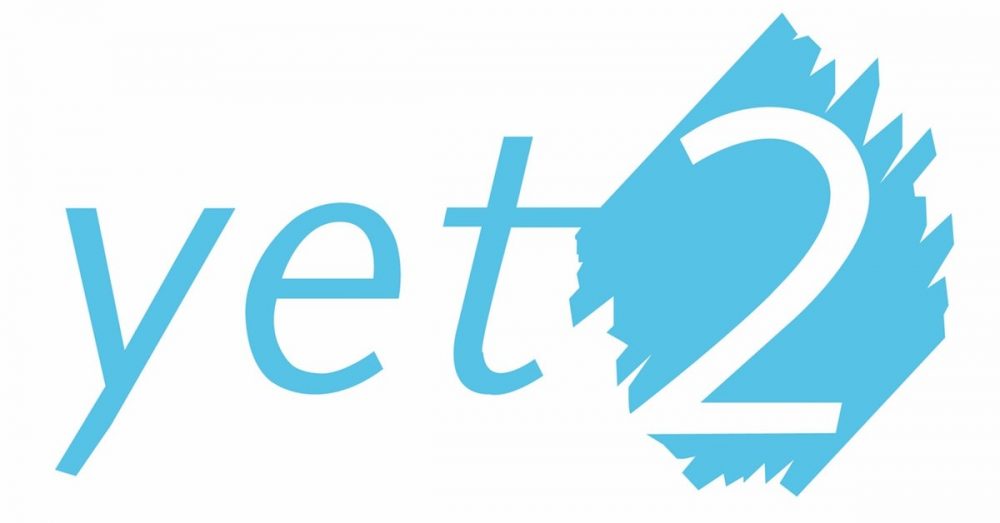Overview:
A yet2 client is interested in understanding the latest developments in aquaculture from around the world. They would like to identify best practices and enabling technologies that can help grow the percentage of the world’s fish consumption coming from sustainably farmed fish.
Background:
According to a 2018 report from the Food and Agriculture Organization of the United Nations, the fraction of fish stocks fished at biologically unsustainable levels has increased from 10% in 1974 to 33.1% in 2015. The global fish production peaked at about 171 million tonnes in 2016 with aquaculture accounting for 53% of the total for consumption. Expanded aquaculture is required to meet the expected future demand for fish.
Constraints:
Solutions must:
- Be enabling technologies for farming fish that has high consumer demand (e.g. whitefish)
- Be able to articulate potential applications, yield, and risks associated with their methodology
- Demonstrate improved impact on fish and/or the environment
Additional desirable features include:
- Certification from Best Aquaculture Practices (BAP), Aquaculture Stewardship Council (ASC), or similar organization
- Reduced cost compared to wild-caught fish
- Ability to farm fish that would appeal to European consumers
- New developments in farming of popular wild-caught species (e.g. Salmon, Cod, Pollock, Hake)
- Development of farmed fish with similar organoleptic properties through choice of species, feed &/or processing conditions
- New ways to overcome quality issues in farmed species (e.g. off flavors in Pangasius & Tilapia)
Solution types exclude:
- Aquaculture of/for non-food uses, shellfish, and aquatic plants
Desired outcome of the solution:
Looking to understand what practical solutions can and should be implemented in the next 3-7 years. Engaging with world experts and thought leaders to help predict and shape the future of aquaculture.
Field of use and intended applications:
Information and relationships formed during the project will be used to guide future aquaculture strategy and implementation.
